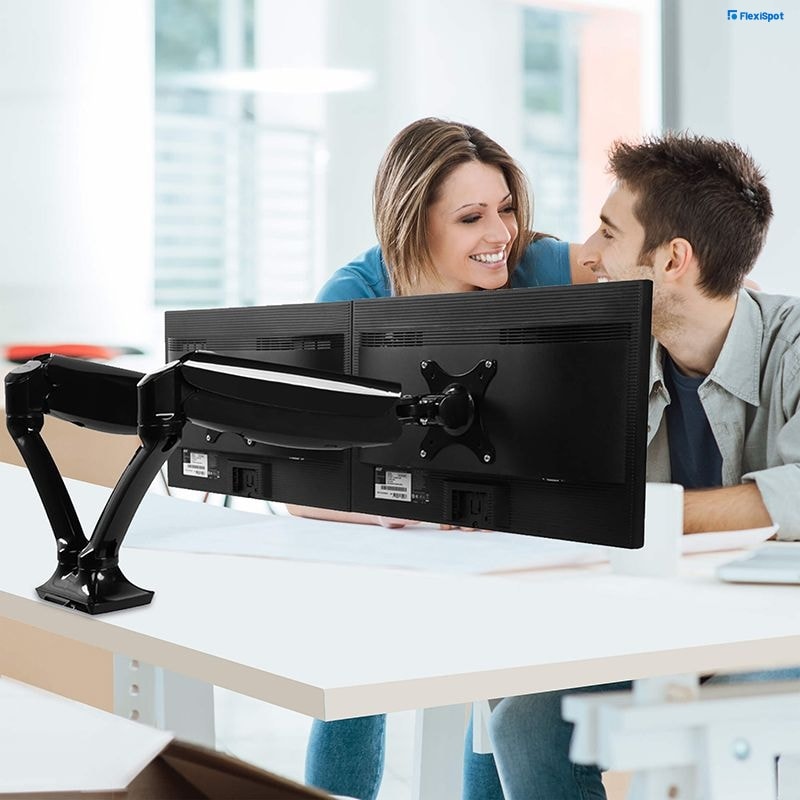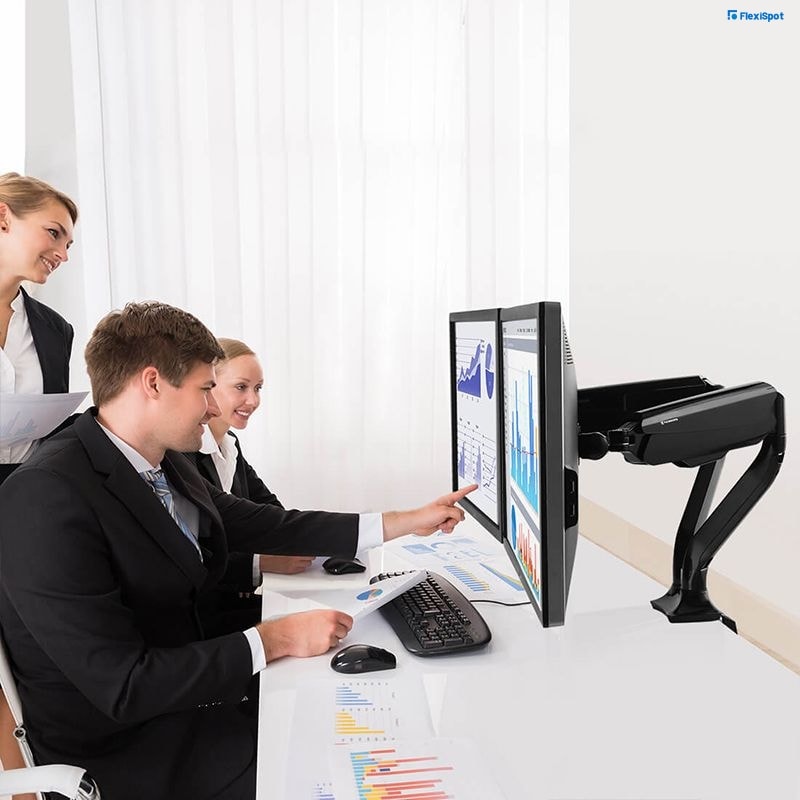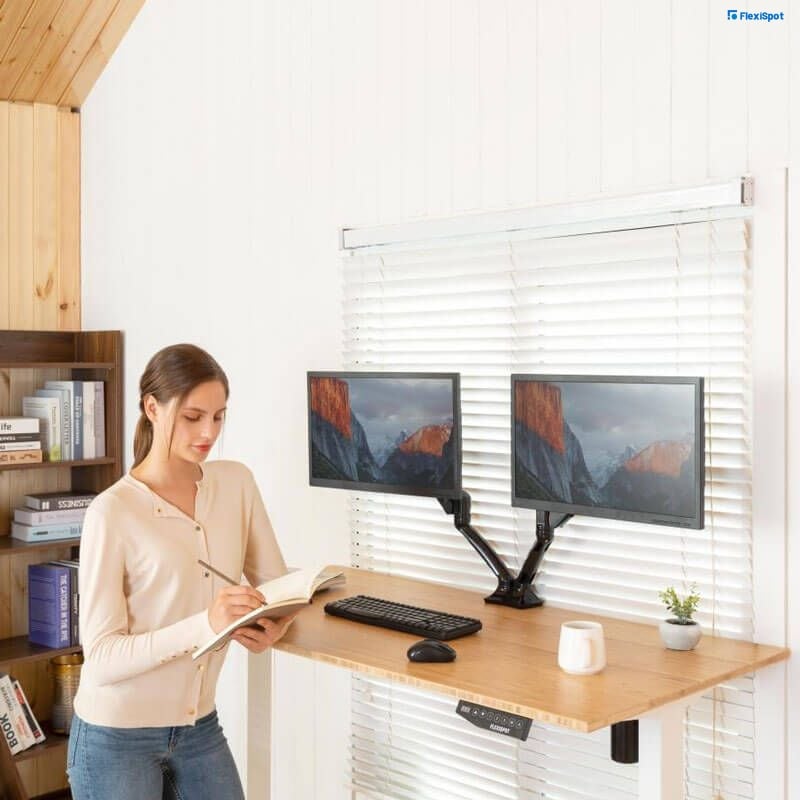Communication is a very important transferable skill. When you know how to ask questions, present your output, sell a product, share your opinion or stand up for what you think is right in a professional way, it will be a valuable trait that you can carry with you from one industry to another. You’ll be able to have better working relationships as well as contribute more to your role when you can communicate better in the workplace. It also doesn’t only help you but everyone in the team as well. Everyone’s efficiency and productivity for a particular project will greatly improve once there is a better communication workflow in your team. You will also be able to maintain friendly professional relationships with your colleague if they see that you are a good communicator.
In general, when there is good communication in the workplace, you will build a great company culture that will benefit the employees and the company. Here are some tips on how to be a better communicator in the workplace.

1. Have enough preparation for your presentations.
You need to account for the time to prepare for your reporting when it comes to finishing your presentations. For example, if you have a presentation on Thursday, you need to be finished by at least Wednesday morning so that you can prepare for your report for the rest of the day. If you are not a comfortable public speaker, preparation will be the key to your confidence. Practicing how you will deliver your report will greatly make a difference. You can practice in front of a mirror and record yourself so that you are aware of what changes you need to apply. Giving the time to practice will help you clarify your thoughts and communicate your overall message better. Aside from this, you have to know what your goal is for your presentation. What information should you not miss out to tell your audience? You will be able to prepare an outline when doing this that will guide your whole presentation.

2. Actively listen.
Many fall into the trap of listening to respond whereas what they should be doing is focusing on listening. The bulk of communication falls under nonverbal gestures so your small actions should show that you’re giving your full attention to the speaker. What are these gestures? You should directly look at the speaker’s eyes. You should nod so that he or she is aware of his or her message being acknowledged. You can also smile from time to time. It can also help when you take down notes and answer with short phrases such as “I see,” “I agree,” or “yes, sure.”
Active listening can be practiced when listening during presentations and when having one-on-one conversations with your supervisor or colleagues.
Notice as well how your colleagues will respond to what you said.

3. Paraphrase instructions or messages.
When you need clarity about something, one way you can get it aside from asking questions is to paraphrase what the speaker just said. Then, you’ll ask right away if you understood it correctly. For example, you may say this to your colleague during a meeting, “You inspect the site only twice a week so you prefer to give us monthly updates, right?”
What this does is allow your colleague to confirm if you understood what he or she said correctly and if not, they are able to give clarity to you and other members of the panel. This allows you to propose a better or an alternative solution.

4. Know the difference between an open-ended question from a close-ended question.
When you know the difference between these two, you’ll know when it’s right to ask an open-ended question or a close-ended one. On one hand, an open-ended question is important to encourage someone to share their opinions about the matter. Most of these questions usually won’t give you direct answers. On the other hand, close-ended questions will give you a specific answer. When you know the difference between the two and are able to get the right timing to ask the perfect type of question, you will be able to get the needed information.

5. Use language that is professional.
Even though you speak to one another casually in the office, you still have to be professional, especially in written communication. This is still a workplace so you have to be formal in emails and presentations. In verbal communications with your boss, you should also show how much of a professional you are and how dedicated you are to the job. For you to check if you are using professional language, test in your head if you think it’s something you can say when communicating with upper management.

6. Build personal relationships
It’s important to stay professional but you can also connect with your colleagues about their passions, interests, hobbies, and activities outside of work. This can create an atmosphere where everyone is positive and enthusiastic to work with one another. During lunch breaks, you can ask about their families. This will show that you care to have a positive relationship with your colleagues. Just be aware of where to draw boundaries and if you are crossing any line with your questioning.

7. Use the appropriate tone of voice.
When you’re happy and excited for something, make sure that your tone of voice shows it. This will show your co-workers that you are interested in engaging in a conversation with them. When you want to give firm instruction, use a firm voice that shows it’s a serious matter. This will motivate anyone to work hard for the said project.
In written communication, the tone of voice can be indicated by using the right punctuation marks, symbols, and words.

8. Set goals.
Write in your workspace your goals to improve your communication skills for the day. For instance, you can include in your list asking your manager questions with the project that you just started or you are currently working towards finishing. The more you do it, the more confident you become in communicating with your superiors or colleagues. You don’t stand to lose anything by asking, clarifying or giving your opinion or suggestion. It will only just improve your efficiency and the final output. (And of course, you can always use ergonomic furniture for a more efficient working set-up!)